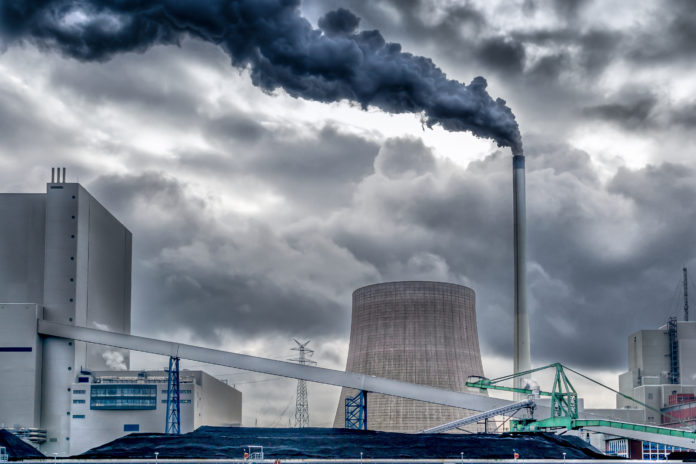
Sustainable development goal (SDG) number nine (9) “Build Resilient Infrastructure, Promote Inclusive and Sustainable Industrialisation and Foster Innovation” aims at finding lasting solutions to both economic and environmental challenges, such as providing new jobs and promoting energy efficiency through sustainable manufacturing. Promoting sustainable industries, and investing in scientific research and innovation, are all important ways to facilitate sustainable development.
Now more than ever, the need to upscale local manufacturing production is of great importance. Measures to combat the COVID-19 pandemic such as travel restrictions and border closures have increased demand for locally produced goods and with this, the demand for energy by manufacturing firms has as well increased. Local manufacturers now require more energy for increased output hence the need for energy efficiency in their manufacturing processes.
According to the Environmental and Energy Study Institute, energy efficiency is defined as using less energy to perform the same task which results in reduced greenhouse gas emissions such as carbon, as well as less demand for energy imports and lowers energy costs country-wide. For example, E. Warrell et al in a report titled carbon emissions from the global cement industry highlighted that the use of energy efficient equipment or production processes in the cement industry can reduce its carbon dioxide (CO2) emissions which stand at 5% of the global CO2 emissions owing to the high energy intensive process in cement production.
To elaborate this for Zambia, one of the cement producers aims at reducing their CO2 emissions by improving their manufacturing process through new technology. Through their research and development department in conjunction with a start-up the company are working towards energy efficiency. The new technology is expected to reduce their carbon emissions by up to 70%. Additionally, another process allows them to capture and recycle the thermal energy produced, back into the production process which has shown to be energy efficient.
With the growing demand for energy by manufacturing firms for their production processes, it is important for manufacturers to achieve their aim of increased output with energy efficient manufacturing processes. Companies could do this by transitioning to new energy efficient technology and adopting energy efficient appliances replacing worn out old equipment relevant for the specific sub-sector. Producing with higher energy efficiency is a key driver to achieving a low carbon economy which is in line with the United Nations SDGs. Additionally, companies could recycle and reuse their energy as energy efficiency has environmental advantages which could lessen the impacts of climate change, as enunciated by SDG 13 whose aim is to combat climate change and its impacts.
Zambia is signatory to the Paris Agreement on climate change which regulates how much carbon emissions are acceptable by member countries. According to a report on the National Assembly Approval of the Proposal to ratify the Paris Agreement on Climate Change in Zambia, the country became a signatory to the agreement on the 20th of September 2016 during the 71st session of the United Nations general assembly.
The main intent of the Paris Agreement is to neutralise carbon emissions worldwide. According to Zambia’s Intended Nationally Determined Contribution (INDC) to the 2015 Agreement on Climate Change, Zambia pledged a 47% decrease in its carbon emissions using 2010 as a base year. Therefore, by virtue of being signatory to such agreements, Zambia needs to be cautious of its carbon emissions which could be achieved by manufacturing firms producing with higher energy efficiency.By virtue of energy being a variable cost and contribution to the production cost, energy efficiency is among the most cost-effective measures companies can take. The use of less energy as a result of energy efficient processes reduces energy costs on the manufacturing firm as highlighted by E. Warrel et al.
Though the use of energy efficient equipment and processes are cost effective, the transition itself could be costly. According to a workshop on the energy efficiency in sub-Saharan Africa, to help mitigate the costs, the government introduced a tax waiver that was introduced on the importation of energy efficient equipment as highlighted in SI 32 and 33 of 2008 but there still remains no specific financing mechanism to support energy efficient activities. Moreover, at national level there does not exist an energy efficient policy. The lack of policy does not encourage the use and transition to more energy efficient equipment and processes.
Therefore, as highlighted by Rejoice Mwamba et al having an energy efficient policy is imperative at any level of society. This will make it mandatory to be cautious of what equipment and processes are used to promote the protection of the environment and participate in the fight against climate change. In addition to the financing challenges, a deliberate mechanism to finance energy efficiency should be put in place to ease the burden of acquiring new equipment and transitioning


